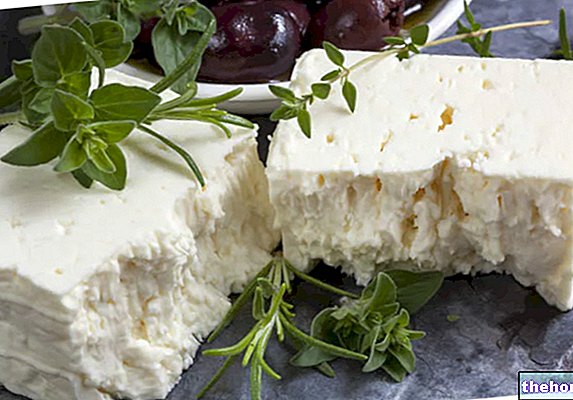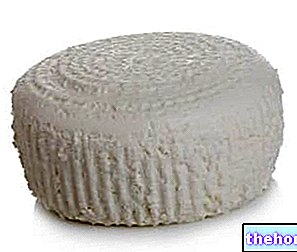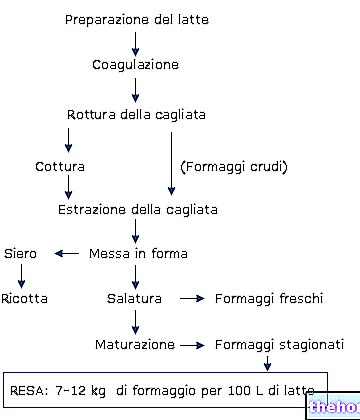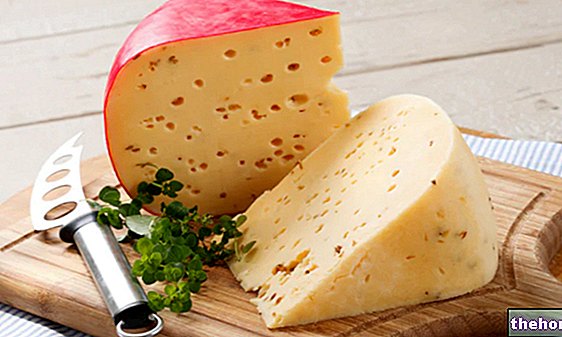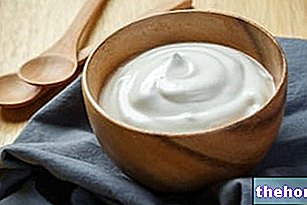Generality
Description: Provolone is a stretched curd cheese - produced from cow's milk (Frisona breed) - medium aged (at least 3 months), sweet or spicy, with a truncated cone shape or pear or melon or salami or flask.

The flavor and aroma of provolone vary according to the type of rennet used and the maturation; the young one is ready to eat, has a soft and elastic (but not rubbery) paste with a milky, sweet, buttery flavor (calf rennet). On the contrary, the seasoned-spicy provolone must have a firm, consistent, NOT elastic texture, with a strong, spicy, quite savory flavor (kid or lamb rennet) and a pungent odor.
Origin and production area: provolone is a typical cheese of the "Valpadana" area; it is produced above all in the regions of Lombardy and Veneto, in particular in the provinces of: Cremona, Brescia, Verona, Rovigo, Padua and Piacenza. The contiguous municipalities of the provinces of Bergamo, Mantua and Milan are included, but the province of Trento is also involved.
The origins of provolone can probably be traced back to 1800 by emulation of "provola campana", even if the cheese from the northern plains today holds the certification of Protected Designation of Origin (PDO).
Production and aging of provolone: Provolone is a stretched curd cheese made from cow's milk. The raw material, previously subjected to low (or slow) pasteurization, is brought to 37 ° C and then added in calf rennet (sweet provolone) or kid / lamb (spicy provolone). As it hardens, the curd emerges; this is then broken, crumbled, cooked at 50 ° C, fermented for 40 hours and spun by immersion in boiling water (automated process). The provolone is then shaped, cooled, sometimes smoked and put in brine; the sweet one ripens from 1 to 3 months while the spicy one even longer.
Gastronomic aspects
Provolone is a cheese to be enjoyed on its own or accompanied with white bread; the plausible food combinations are:
- Sweet Provolone: with salad (Belgian endive, escarole, radicchio, lettuce, rocket, soncino etc.) and seasonal vegetables (spinach, zucchini, chard etc.)
- Spicy Provolone: with pinzimonio, peperonata, caponata, pears and dried fruit.
Provolone is stringy, which is why it often accompanies au gratin preparations (baked or salamander), pizzas, focaccia, savory pies, etc .; brilliantly replaces mozzarella. Provolone also boasts a preparation in its own right, like a dish, that is "grilled" (sliced) or "fried" (sliced or breaded sticks). Spicy provolone is also used grated on first courses with a very strong taste.
The oenological pairing of sweet provolone is with white and delicate wines, while that of spicy is with full-bodied and soft or even sweet white wines.
Hygiene and nutritional properties


